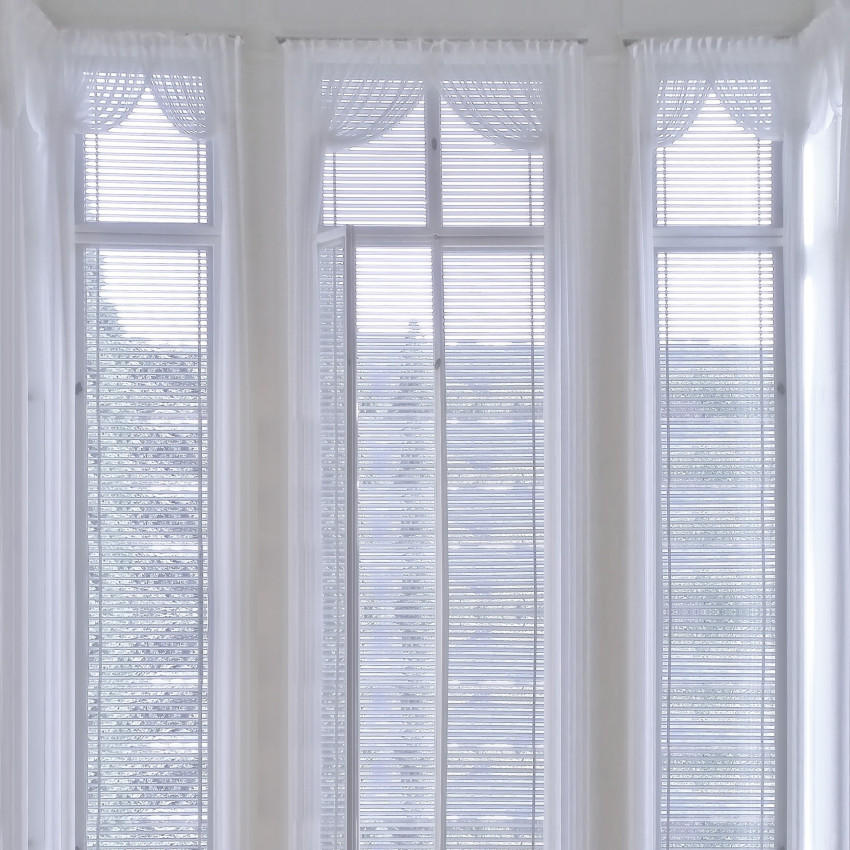
Allergies can be a real problem. They occur when a person reacts badly to certain substances which are generally harmless to others, such as dust, pollen, animal fur etc. Those who suffer from allergies will know what a hassle it can be, and how difficult they make your life.
For people who are suffering from allergies, there are many things that they can do to prevent any attacks, from using allergy-friendly window treatments like plantation shutters in Penrith to keeping your home clean. Here are some tips on how to prevent allergies in your home.
· Keeping your home spotless and clean: Dust is one of the biggest causes of allergic reactions in people, and exposure can cause tearing eyes, difficulty breathing and so much more. Dust is everywhere so it is a very difficult substance to avoid, hence one of the most effective methods is to keep a home that is spotless and clean at all times. Cleaning areas where dust could enter in, like windows etc is important in preventing negative reactions.
· Using air purifiers: Of course, no one can keep cleaning a home all the time, and for this reason, it is good if you can use air purifiers, especially near window and doors. Airborne contaminants like dust and pollen can be trapped by these purifiers before they enter into your home and wreak havoc.
· Install allergy friendly window treatments: Certain types of window treatment do not retain dust particles, which make them better for homes where there are allergy prone people. Certain fabrics, materials etc are good for these, and al you need to do is inform our window treatment supplier regarding your allergies and they will give you the best solution for your home. Some ideal treatments include iron security doors in Western Sydney, shutters and certain styles of blinds in Western Sydney.
· Use a vacuum with a HEPA filter: These filters filter air through a very fine mesh which traps contaminants and particles within it, purifying the surroundings. This is one of the best ways to reduce allergens in your home.
· Keep your windows closed: It is best to keep your windows closed most of the time if you want to prevent allergens from entering your home. Keeping them closed during warm dry weather, damp weather etc is a good way to stop allergies.
Which window treatments are best for allergies?
Not all window treatments are the same, and not all materials are the same either. Some may actually aggravate allergies because they retain dust and other allergens, while other types may be more helpful for those suffering from these types of medical issues. Here are some of the best coverings to use for those with allergies.
· ‘Faux wood blinds: Faux wood treatments are easy to clean and maintain, and they are very unlikely to retain dust on them. When cleaning these types of blinds, you should simply wipe them down with a damp cloth; that is all there is to it!
· Vertical blinds: The vertical panels don’t allow for dust to settle on them, and even a minute amount of it does, all you need to do is vacuum them to get them clean again.
· Roller blinds: These are very popular for home with allergy issues, because when they are kept rolled up, there is no room for dust to settle on them. Cleaning them is also a breeze; wither a wipe down with a damp cloth or vacuum will be enough.
· PVC shutters: Shutters made with hard, waterproof materials like PVC are excellent for those with allergies. A simple cleaning is sufficient.
· Aluminium blinds: Aluminium is a very material to keep clean and it doesn’t retain dust with regular cleaning.
What are the worst window treatments to have for those with allergies?
Here are some of the worst coverings for homes of allergy sufferers.
· Drapes: Drapes and heavy curtains are generally cleaned through dry cleaning only, which means they can retain dust and allergens.
· Venetian Blinds: The slats on the Venetian blind can retain dust, and they are very hard to keep clean since each slat will have to be wiped clean, and there still could be dust retained in the edges which can cause bad reactions.
· Roman blinds: These can play host to allergens that cause issues for anyone, since they are generally made with fabrics which cannot be cleaned easily with a simple wipe down.
· Day & Night Blinds: These have alternating strips of fabric using sheer and backout, and the sheer part of it can be quite delicate, which means they need to be removed and dry cleaned, rather than cleaning them by wiping down with a damp cloth. They are also not waterproof.
· Natural wood shutters and blinds: Natural is not waterproof at all, which means you cannot use any damp cloth to clean them. Exposing them to moisture could mean they become warped or damaged over time, which can be quite expensive to replace. Since these cannot be cleaned with water or damp cloth, they are not an ideal material for those with allergies as dust can settle down on them over time.
So, there you have it! The best and worst window treatments for those with allergies. If this all seems rather confusing to you, just remember this; any material that can be easily cleaned using water or a damp cloth is fine for those with allergies, because you can clean it regularly meaning that there won’t be any accumulated dust or other allergens on it. Fabrics and other non-waterproof material are not good choices for homes such as these. If you are looking for suitable window coverings for you home, then speak to a professional in the industry, who will be able to recommend the best styles for your needs.



